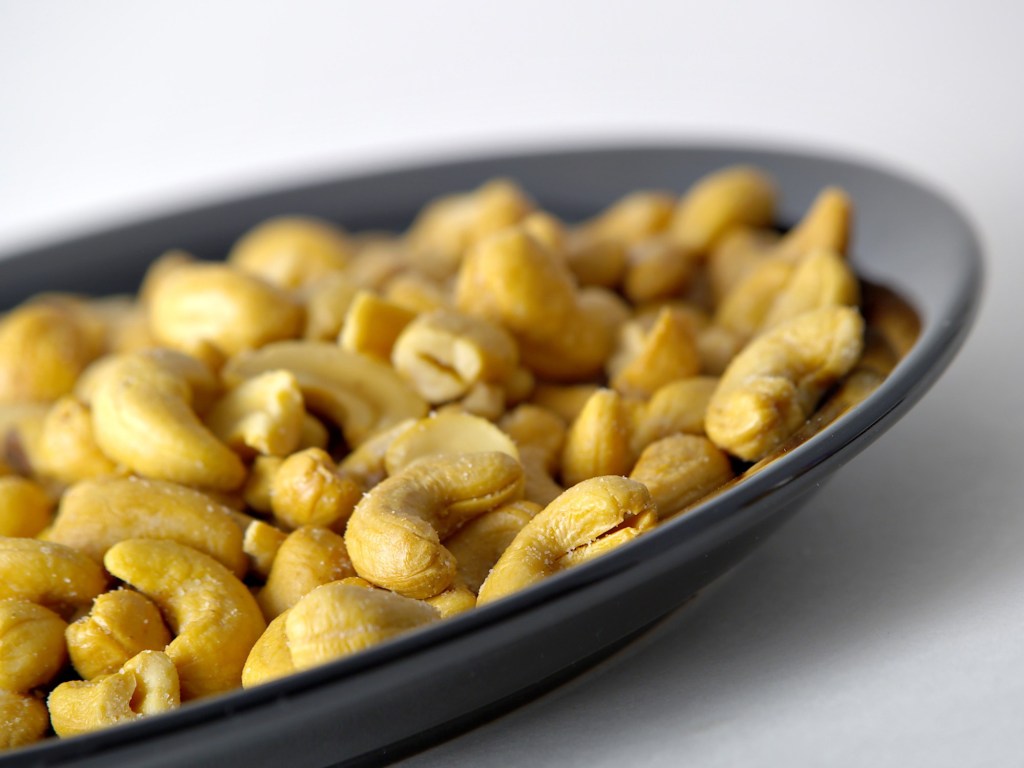From boredom to corporate marketing, there are a lot of reasons people snack. And not all snacks are the same. Some can boost your diet, while others can leave you feeling bloated and tired. In America, many snackers are having more of the latter.
According to the Harvard T.H. Chan School of Public Health, the most common snacks in U.S. households are fruit, cookies, chips, ice cream, candy, popcorn, soft drinks, crackers, cake, milk, nuts and seeds, tea and yogurt. Some of these — like nuts and seeds — can provide an energy boost in proper portions, while cake is sure to promote unhealthy sugar crashes.
The value of a snack comes down to more than the food itself, though. It’s also important to practice good snacking behavior: what you snack on, why you snack, frequency of snacking and how snacks fit into your overall eating plan. Determining each of these for your personal life may take time, but scientists have completed studies to help with the process.
“Research has found various motivations for snacking: hunger, social/food culture, distracted eating, boredom, indulgence, and food insecurity,” the Harvard school reported. “Along with the ubiquity of snacks in our food environment, marketing may also play a role. The food and beverage industry spends almost $14 billion per year on advertising in the US, more than 80% of which promotes fast food, sugary drinks, candy, and other unhealthy snacks.”
While Americans snack for a multitude of reasons, one thing is clear: They are certainly snacking.







